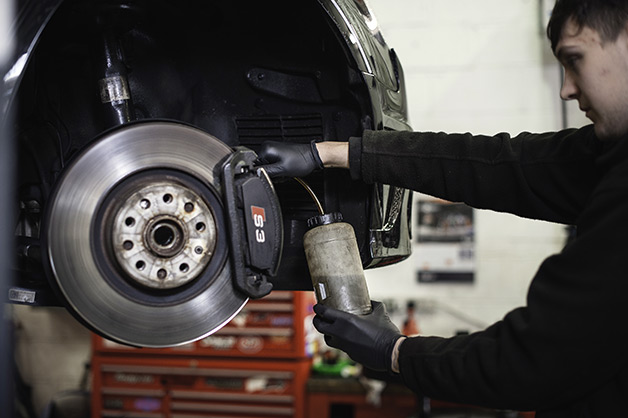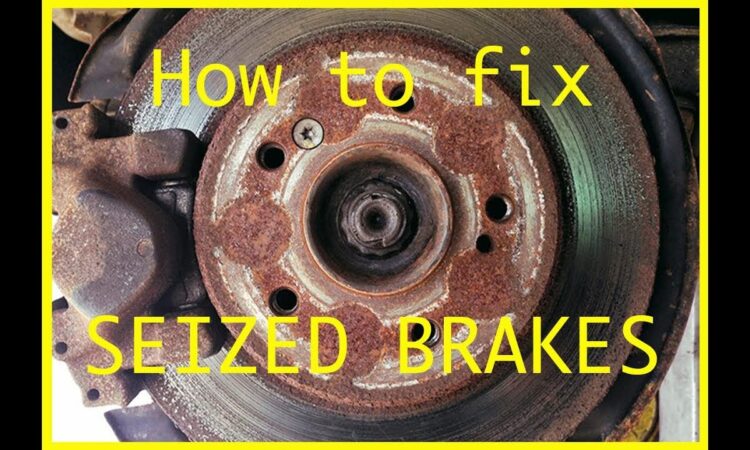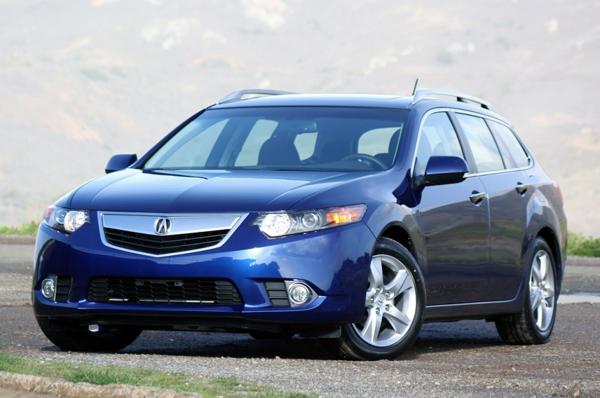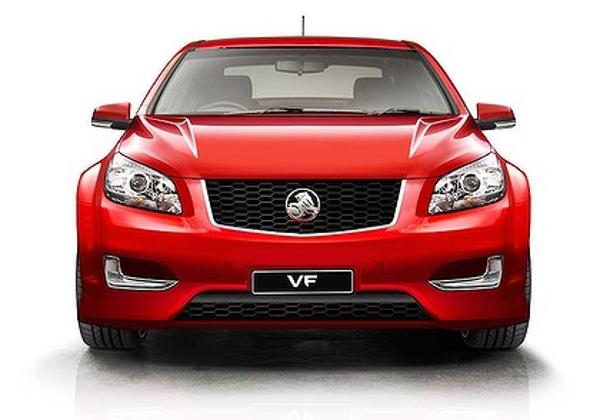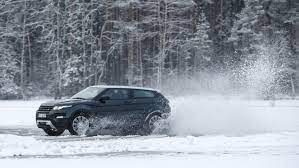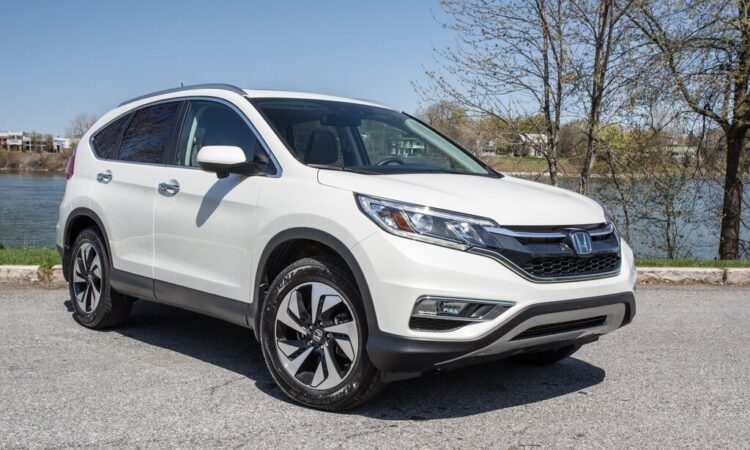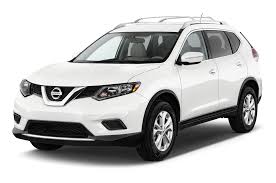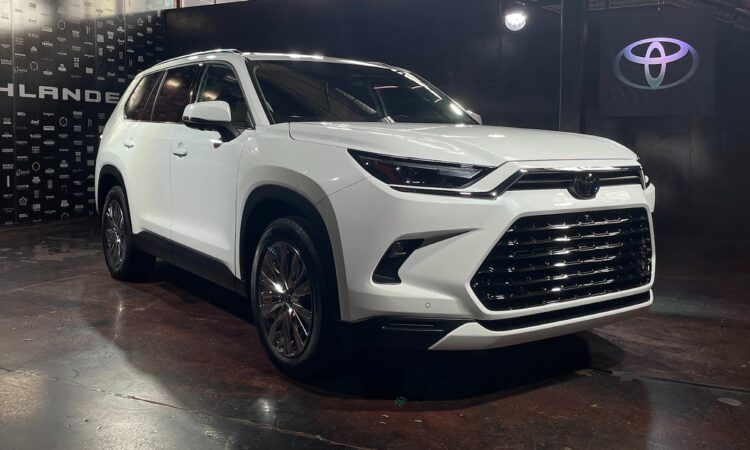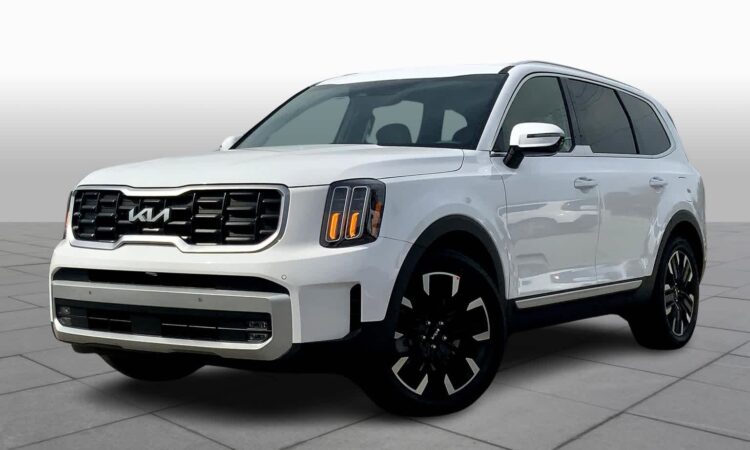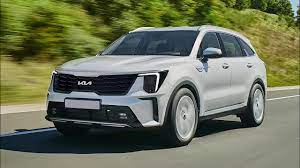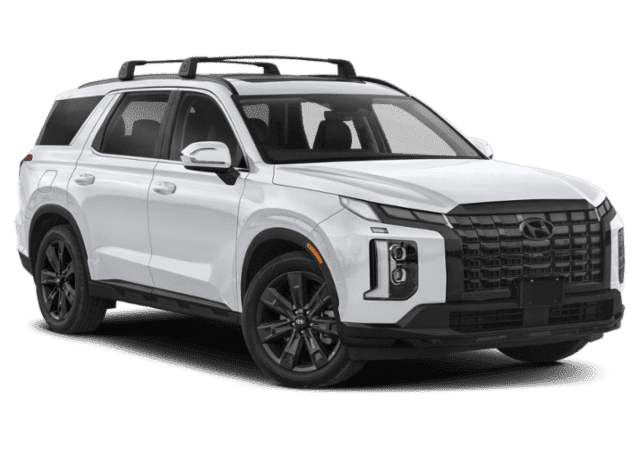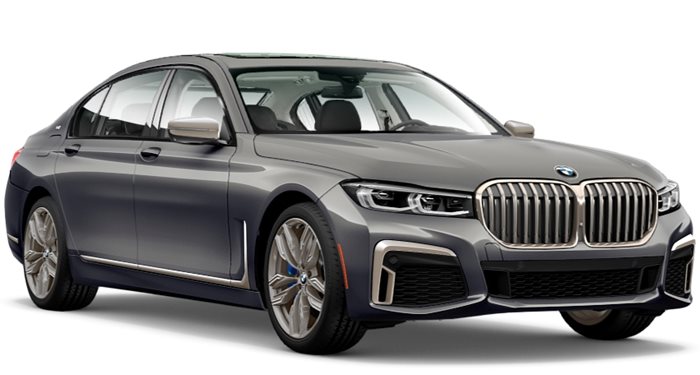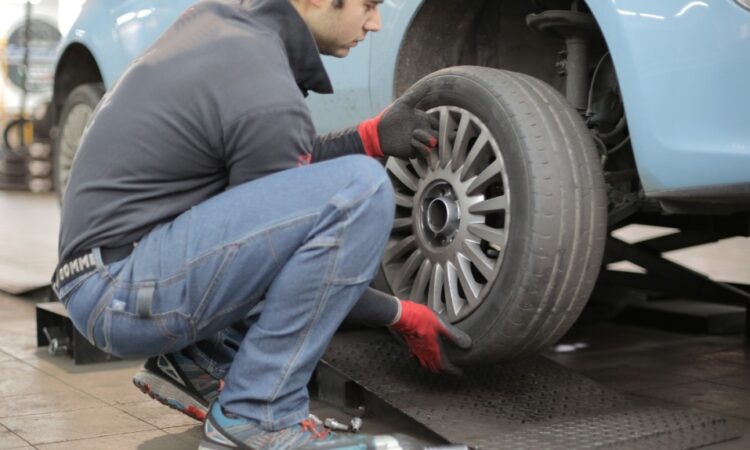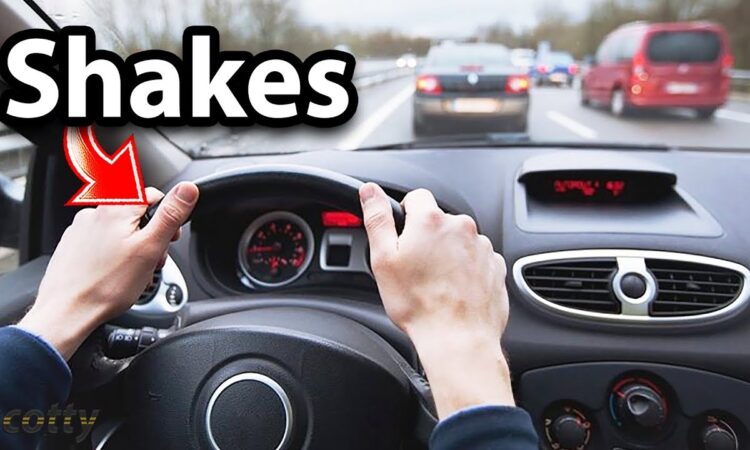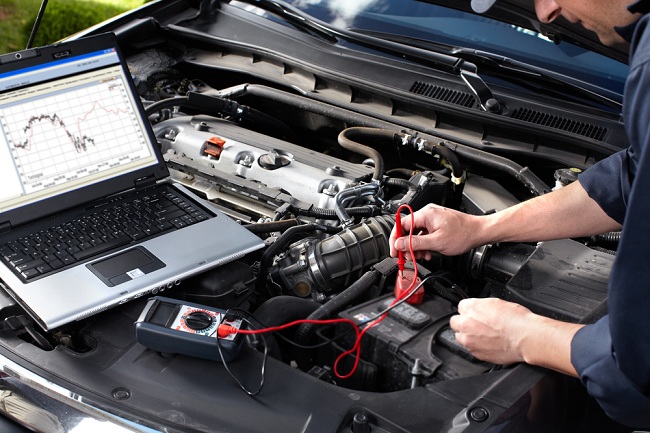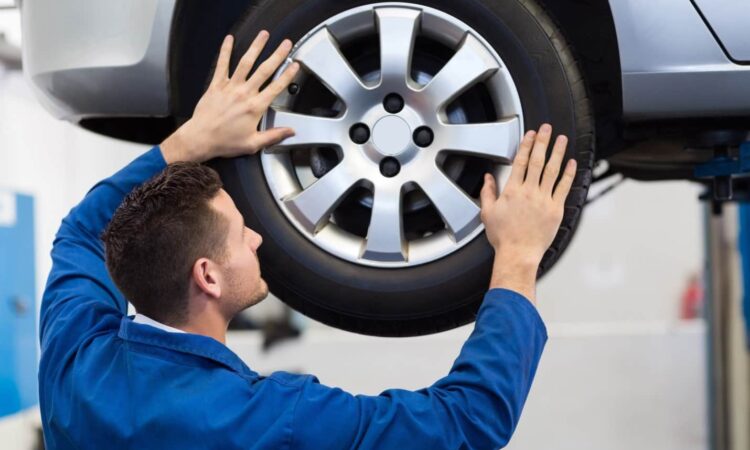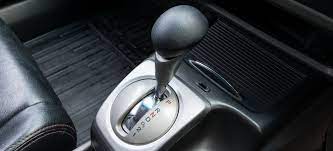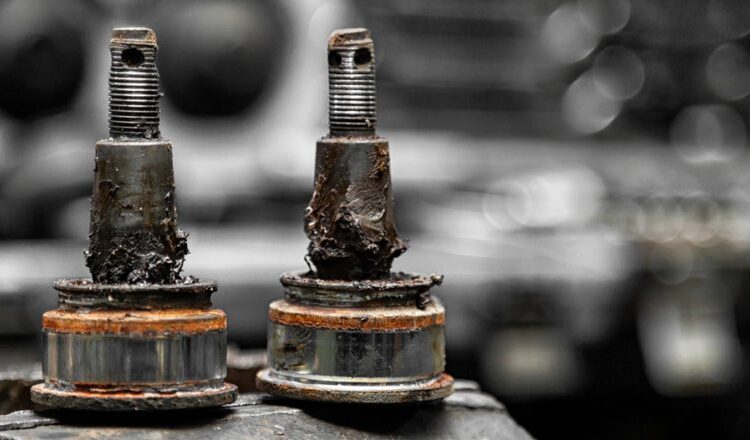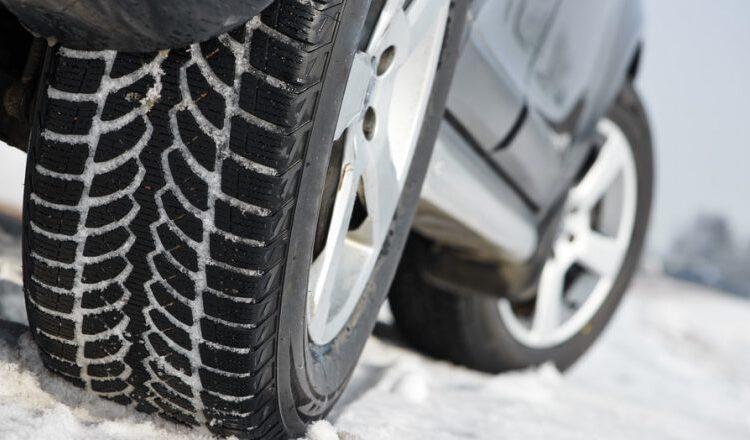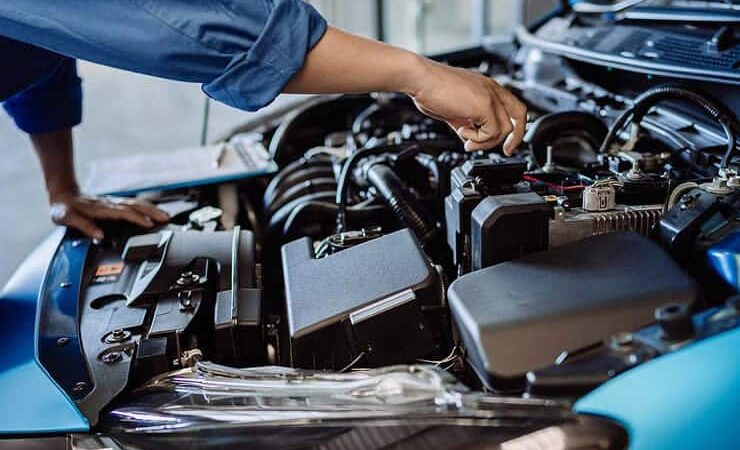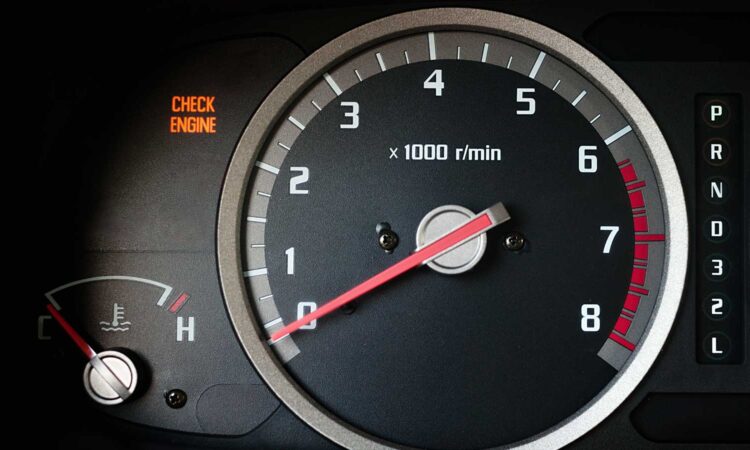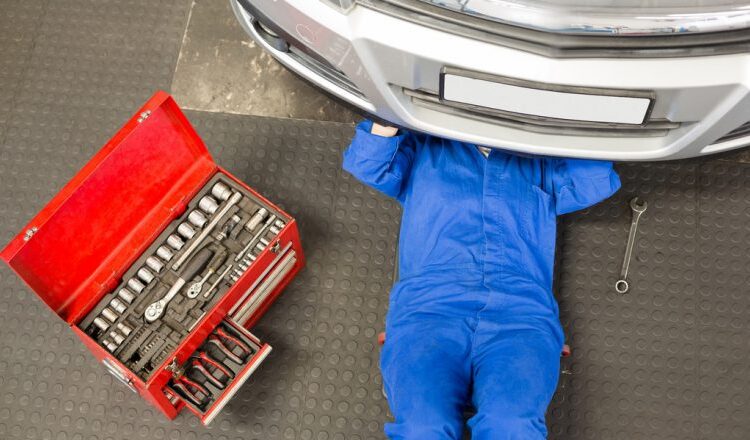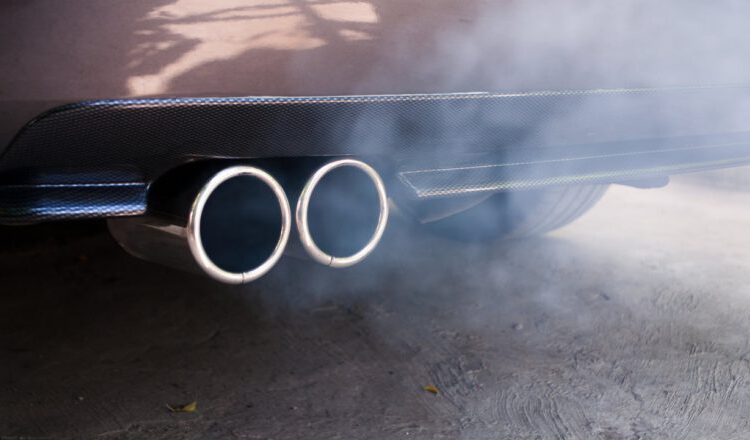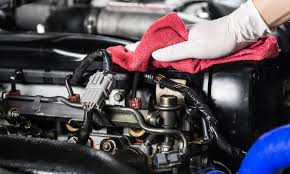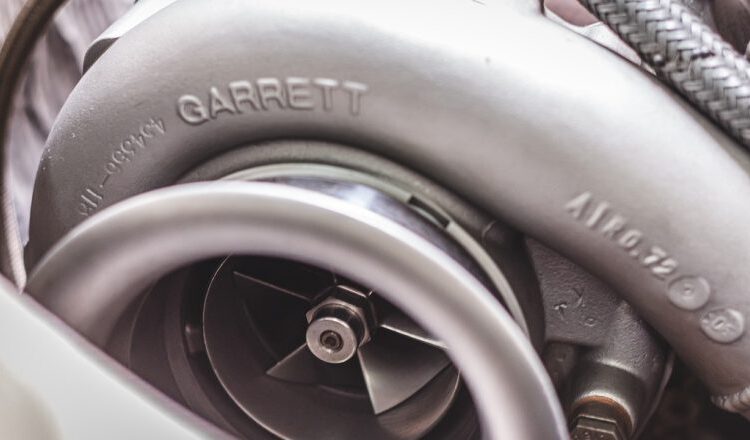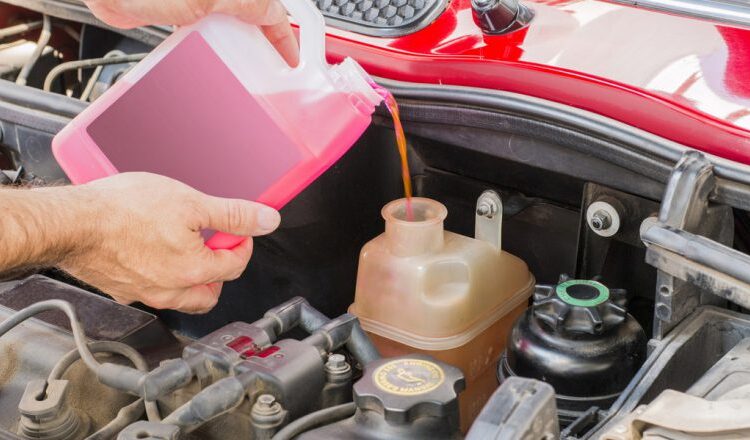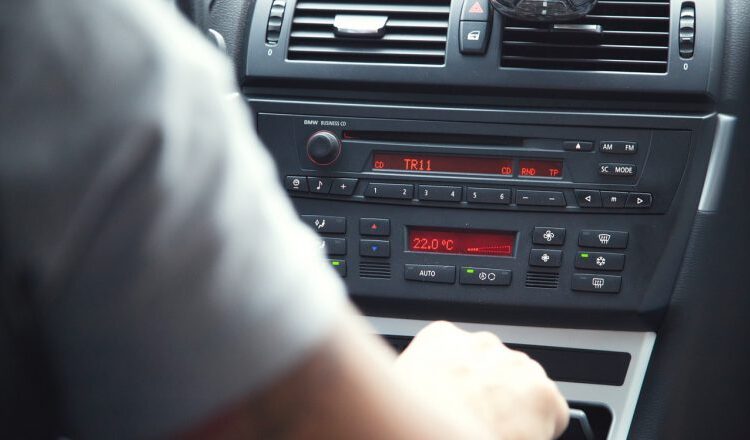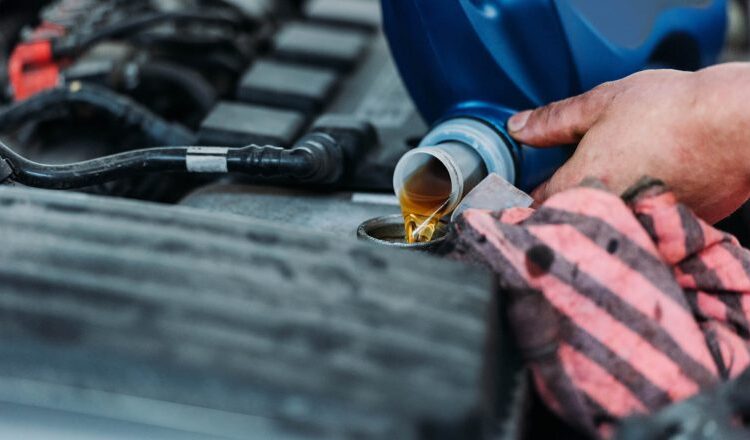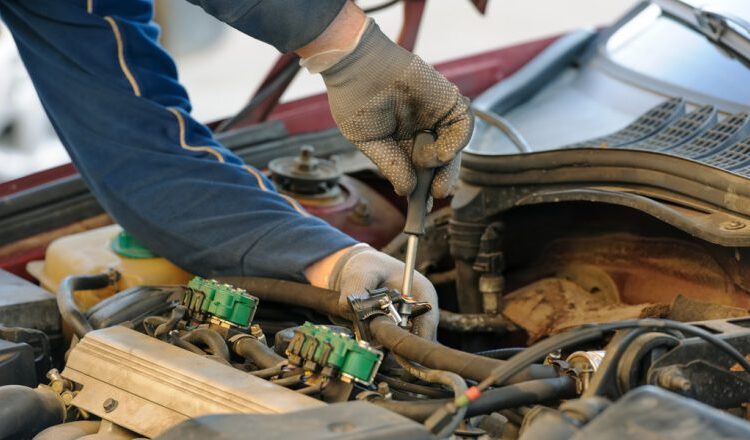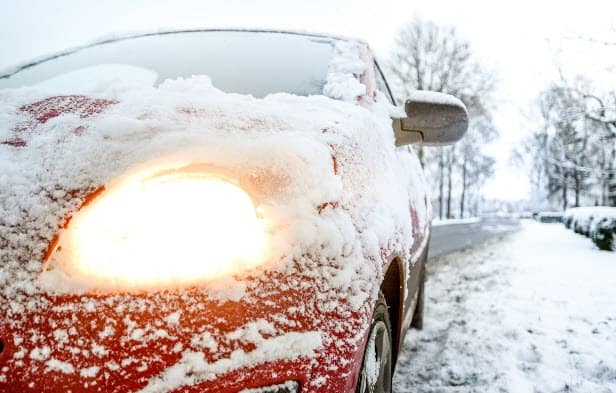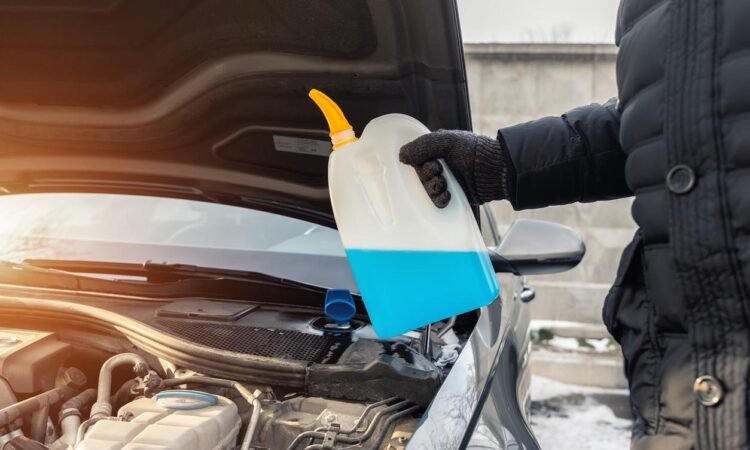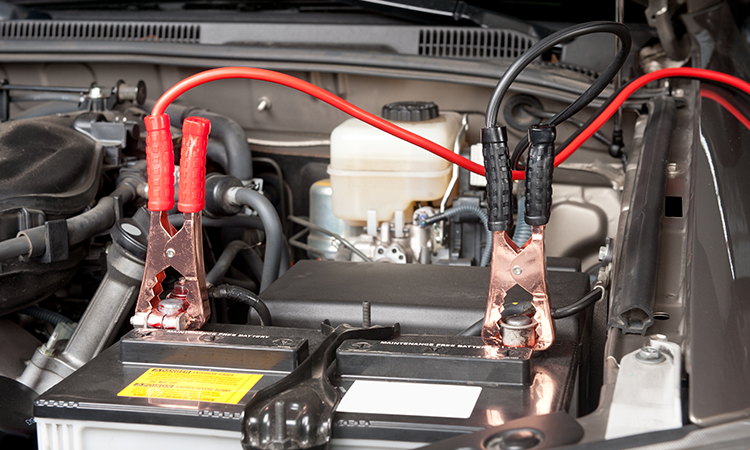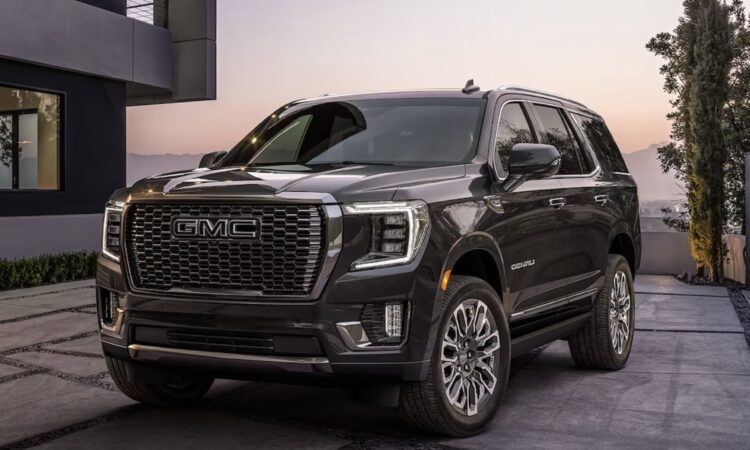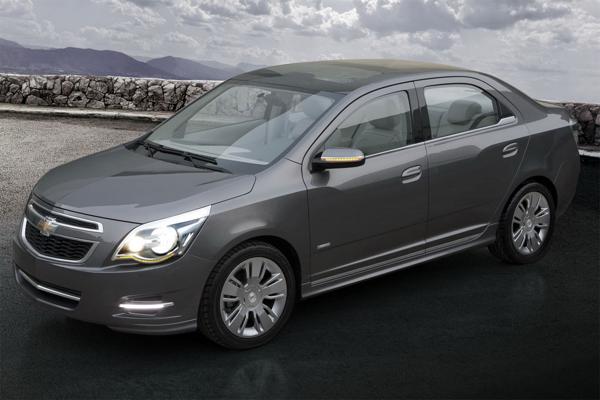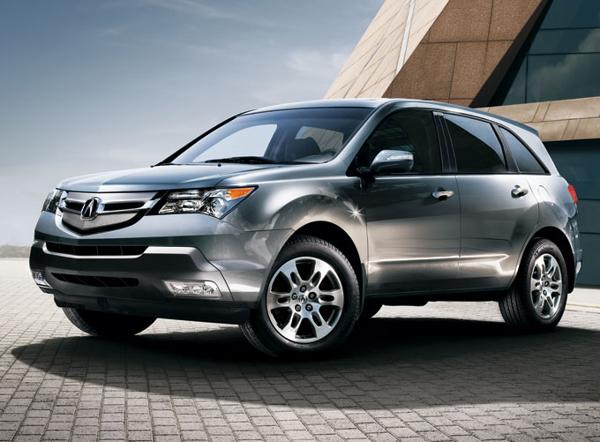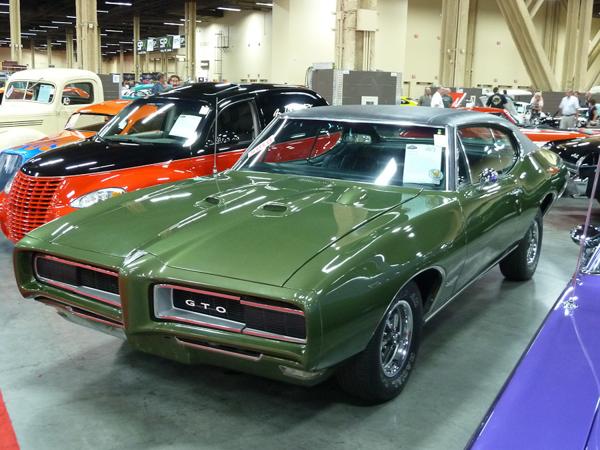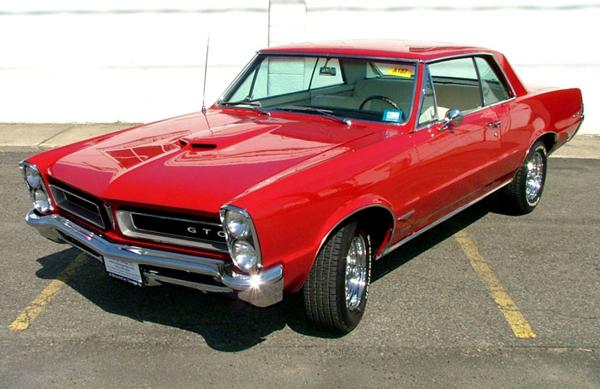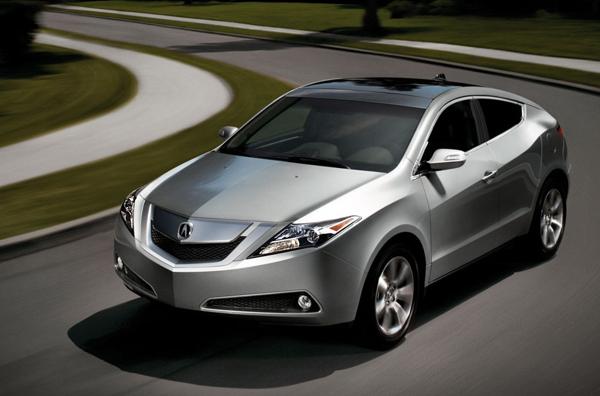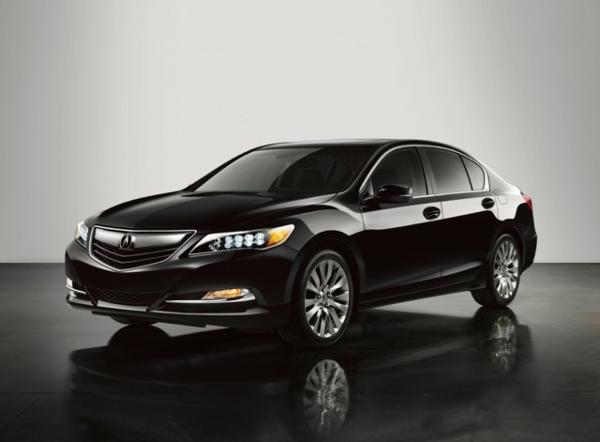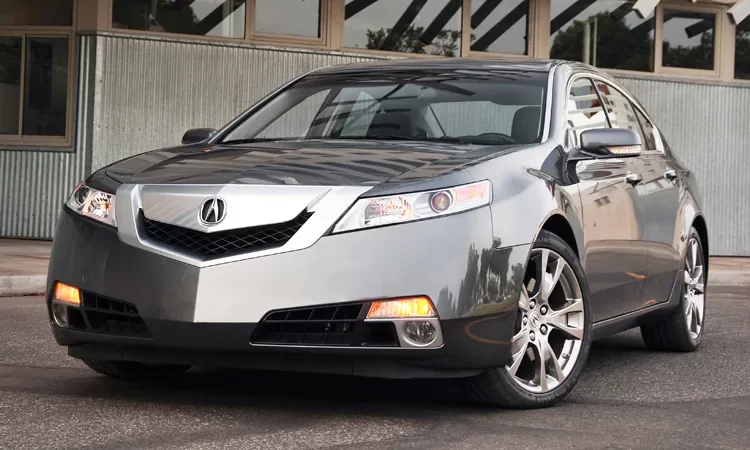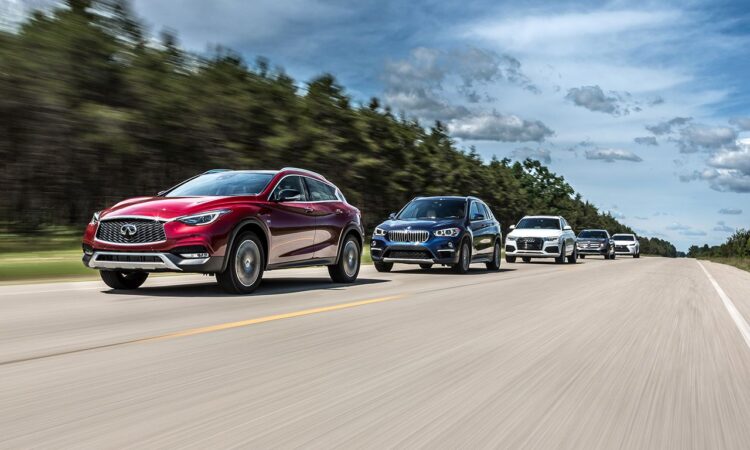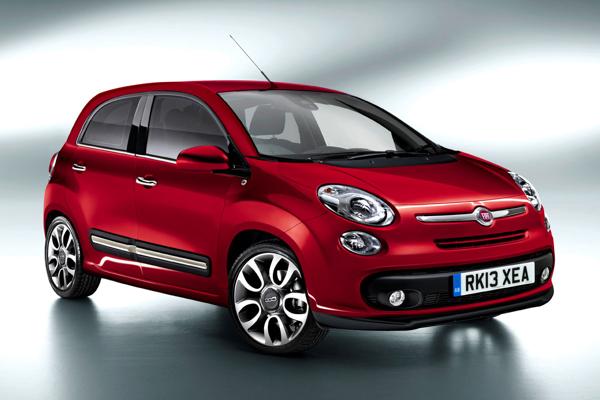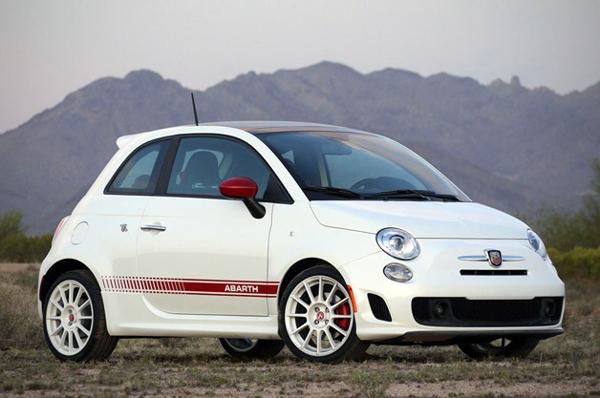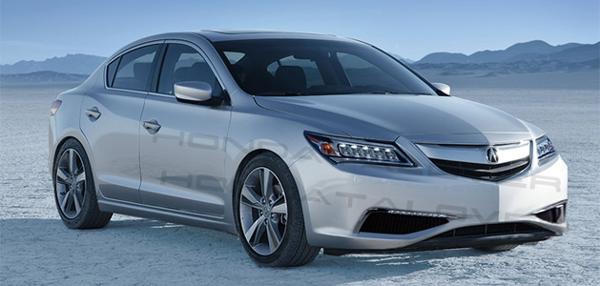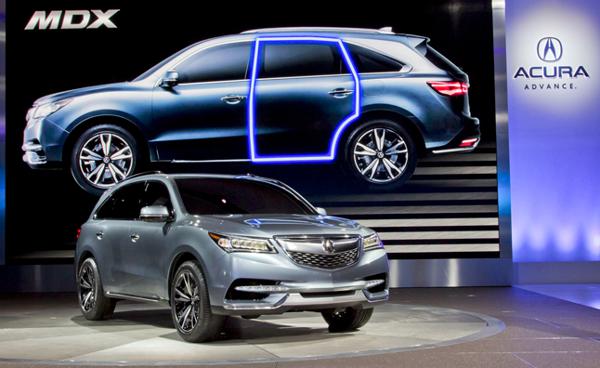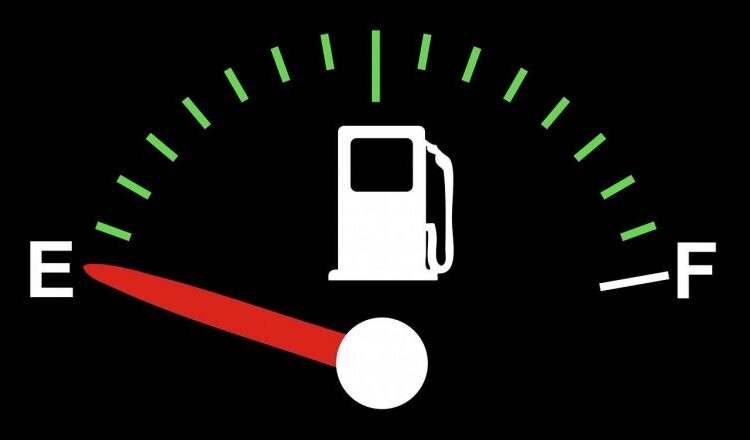
Although many drivers sometimes drive with an almost empty tank, not everyone is aware of the consequences of driving on fumes. They can be quite serious. So why should you avoid prolonged driving on reserve?
It might seem that driving on reserve is an easy way to save on fuel. It cannot be denied that an empty tank encourages more careful and economical use of the car. The apparently lower operating costs resulting from refueling less fuel are also important here. However, driving on reserve may damage the most important components, necessitating quite expensive repairs.
Moreover, when the car finally runs out of fuel, it will become impossible to start again. In older cars, there will also be so-called air in the system. To restart the vehicle, you will need a set of specialized tools. The starter motor, alternator, and fuel pump will also be severely damaged.
Therefore, if the car indicates that the fuel level is approaching a dangerously low level, it is necessary to use reliable methods for economical driving. No sudden acceleration, engine braking, maintaining constant speed and not exceeding approx. 3,000 thousand km/h. revolutions per minute will help us safely reach the gas station where we can refuel.
How far can you travel on reserve… and why is it a bad idea?
Let us emphasize, however, that driving on fumes is absolutely possible. When the fuel reserve light is displayed on the dashboard, you can safely drive for at least 20 km – and often even much more. Despite this, it is worth having at least ¼ of the fuel in the tank – especially during the winter months. Why?
Not only gasoline or oil accumulates in the fuel tank – it also contains air and water in the form of steam. The influence of temperature causes water vapor to condense and settle on the walls of the tank. The less fuel there is in the tank, the more difficult it is to naturally “flush away” the accumulated water. This is one of the main causes of corrosion of the tank and other elements of the fuel system.
Moreover, in winter, too much accumulated water may simply freeze, resulting in the blockage of individual power channels. In this way, you can quickly immobilize the car, and the repair will involve dismantling virtually all parts of the fuel system.
Fuel reserve and corrosion
The previously mentioned corrosion of the fuel system can also lead to damage to the engine block itself. Due to shocks and vibrations, rust particles appearing on the inside begin to detach from the walls, penetrating from one place to other parts of the car.
Therefore, the accumulated rust may start to clog the injectors, for example. It will also reduce the life of individual filters, as it will inevitably settle on their surface. Although these problems occur much more often in older cars with a metal fuel tank, they can also occur where the tank is made of plastic.
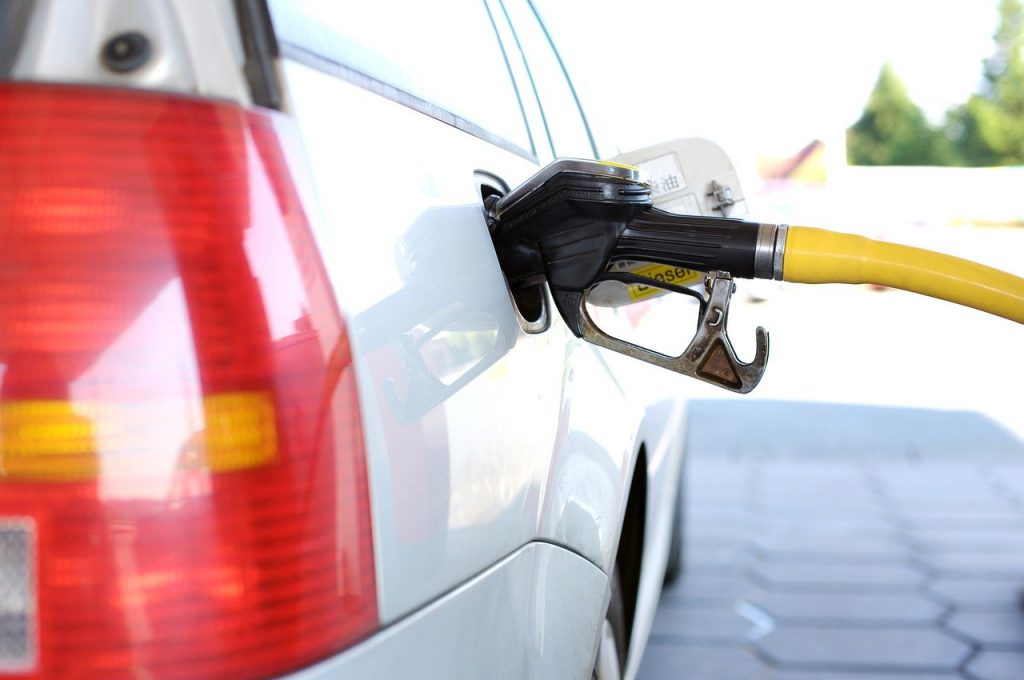
Driving on reserve versus the fuel pump
In cars that regularly run on reserve, the fuel pump also wears out much faster. This is as a result of its design and properties because the fuel flowing through it lubricates this component. Therefore, when the tank is empty, the pump will suck in air, which may prove fatal to it in the long run. This will result in the need to replace this component; pumps are rarely refurbished.
This is a common condition, especially in cars equipped with LPG installations. Their owners often fill up with just enough gasoline to start the car. However, when the car goes up a hill or turns a sharp corner, gravity causes the remaining fuel in the tank to be on the side opposite the lines. Most often, this is when the pump loses lubrication and, after a long time, reacts by seizing.
Out of fuel? The temperature is rising…
An increase in fuel temperature is another issue that results from driving with almost empty tank. This is due to the fact that some fuel does not burn in the cylinders but instead returns to the tank, where the pump and engine further heat it. It doesn’t seem like a problem; after all, nothing is wasted. However, too high a temperature may cause problems with the injection system. This is mainly about electronic engine controllers, which can even lead to a sudden immobilization of the car.
This especially applies to cars with a modern, electronically-enabled diesel engine. Driving on fumes in this case can significantly change the engine’s operating characteristics, because the computer doses fuel, among others. depending on the temperature. In addition, it must be remembered that in older diesel engines, starting an engine with too little oil may be significantly more difficult.

